Blanchard, c.1770
The style of these cards is descended from the earlier seventeenth century cards of makers such as Hewson.

Cards by Blanchard, c.1770
The style of these cards is descended from the earlier seventeenth century cards of makers such as Hewson. In 1769 Charles Gibson took over Blanchard and was later joined by John Gisborne in c.1780. Charles Gibson's son Matthew joined the firm in 1798 and then linked up with Joseph Hunt in 1801 so that a continuous succession of firms comprising Gibson & Gisborne, Hunt, Hall and Bancks Brothers endured until c.1886. During this period the standard English pattern, as shown here, evolved into the modernised and double-ended version which prevailed by the end of the Victorian era.
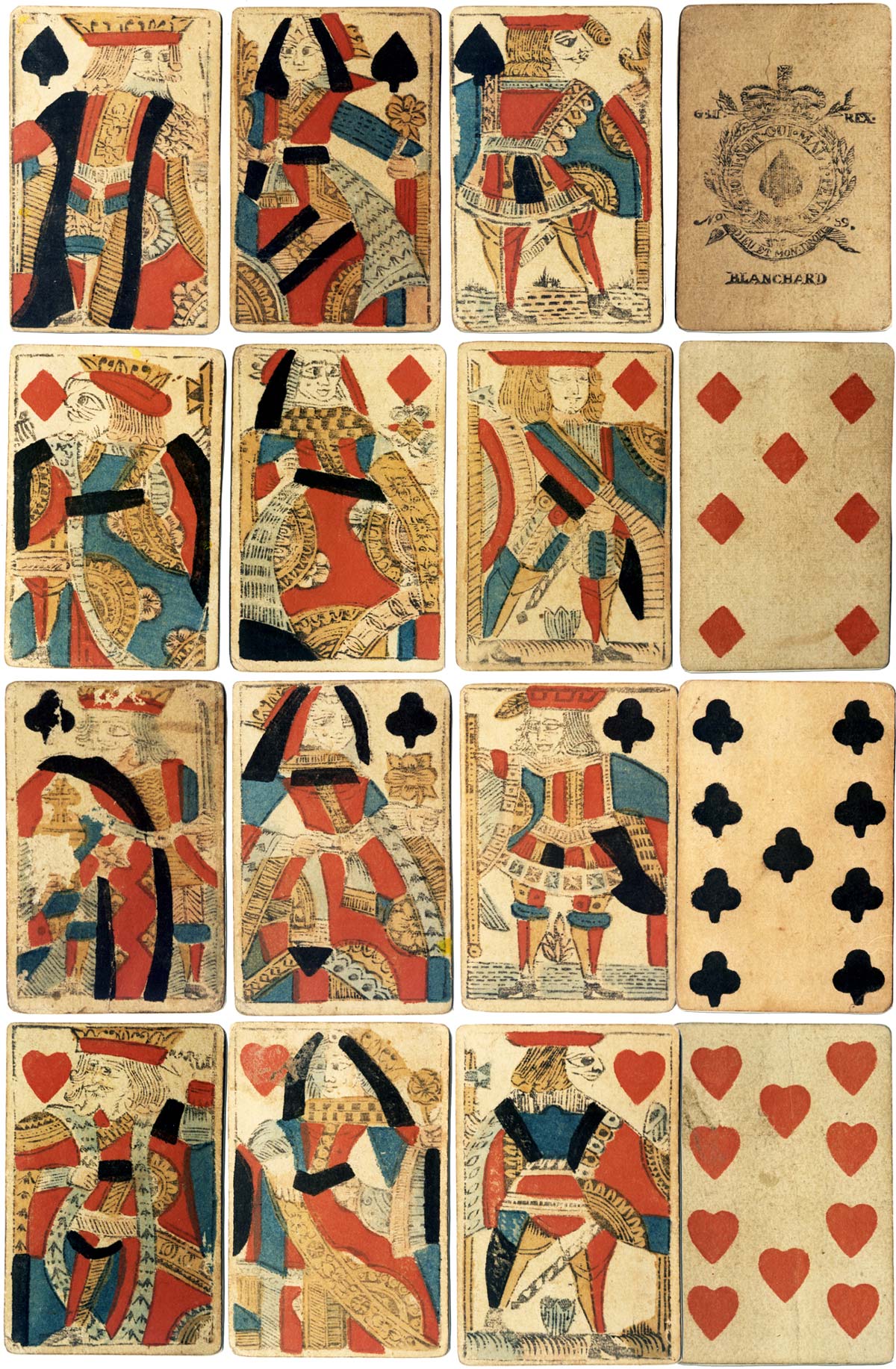
Above: cards supposedly manufactured by Blanchard, c.1770, but with a forged Ace of Spades to avoid paying the duty. The King of hearts is wielding a battle axe, rather than a sword as in later examples. See also: Fake Blanchard duty Ace of Spades→
Queen of Clubs: “Black Bess”. This is a common nick-name, though it is difficult to pin-point the reason for it, the claim that Queen Elizabeth was swarthy of complexion being untrue. However, in Lincolnshire, the card is sometimes referred to as “Queen Bess”.
By Donald Welsh
United Kingdom • Member since February 01, 1996

Leave a Reply
Your Name
Just nowRelated Articles
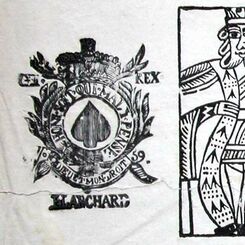
Fake Blanchard Ace of Spades
Fake Blanchard Ace of Spades with court cards based on Hall.
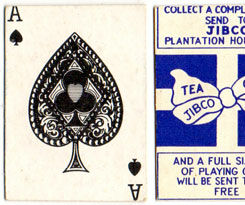
Berkshire Printing Co.
The company was founded in 1908 as the printing division of the Brooke Bond Tea Company in Reading. ...

Denbro (Denny Brothers)
Denbro (Denny Brothers) c.1975-79
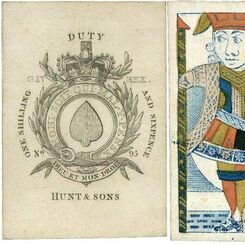
Hunt & Sons, 1820-1849
Hunt & Sons (1820-1849) was the first maker to modernise the court card designs with a complete re-d...
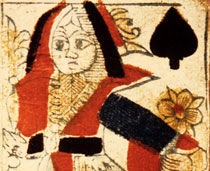
Hunt, 1790-1801
Packs manufactured by Hunt, c.1800.
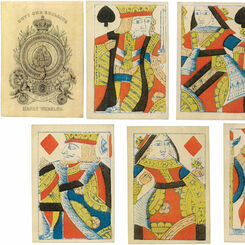
Henry Wheeler, manufacturer, c.1828
In 1836 Henry Wheeler was found guilty of using forged duty Aces of Spades.

Reynolds non-standard
Sometime around c.1850 Reynolds & Sons produced this non-standard or variant pack with courts inspir...

Games & Print Services
Games & Print Services Limited, of Canvey Island, now part of Cartamundi.
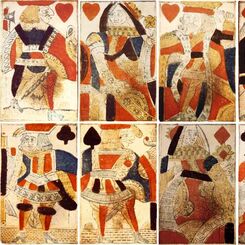
Hunt, c.1800
Standard English pattern playing cards manufactured by Hunt, c.1800.

Early English Playing Cards
Early examples of traditional, standard English playing cards of which the best known are those of H...
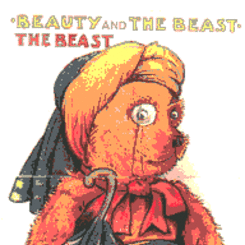
Collecting English Playing Cards & Games
The History of English Playing Cards dates probably from the mid 15th century, the first documentary...
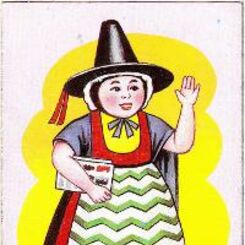
Playing cards in Wales - Welsh playing cards
Whereas the distinctiveness of Wales is an important resource contributing to the rich texture of va...
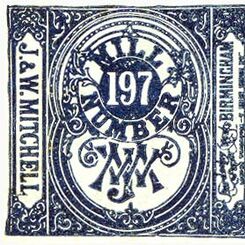
J & W Mitchell, Birmingham
This rare Victorian manufacturer made standard English playing cards for a short period during the l...
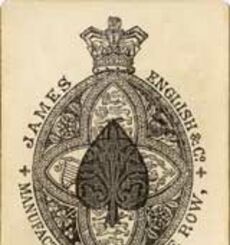
James English & Co.
Victorian Playing Cards manufactured by James English & Co., London, c.1875
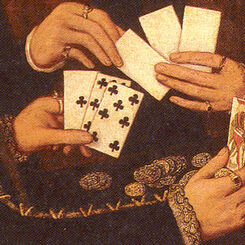
History of English Playing Cards & Games
The History of English Playing Cards dates probably from the mid 15th century
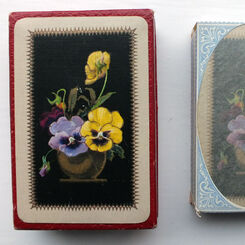
Waddington’s “Envoy“ Series
Waddington’s “Envoy“ Series.
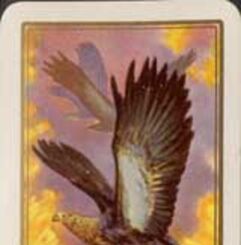
Waddington’s Classic and Wildlife Series, 1933
Waddington’s Classic and Wildlife Series, 1933.
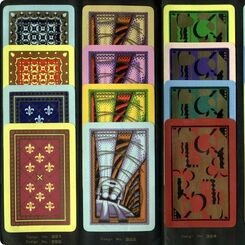
Waddington’s Varsity Series
Waddington’s Varsity Series.
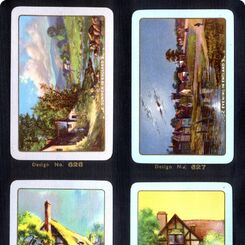
Waddington’s “Rural England” Series, 1933
Waddington’s "Rural England" Series, 1933.
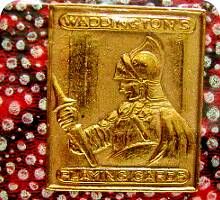
Waddington’s Old Master Series, 1933
Waddington’s Old Master Series, 1933
Most Popular
Our top articles from the past 60 days


 Your comment here. Your comment here. Your comment here. Your comment here. Your comment here. Your comment here. Your comment here. Your comment here. Your comment here. Your comment here. Your comment here. Your comment here. Your comment here. Your comment here. Your comment here. Your comment here. Your comment here. Your comment here. Your comment here. Your comment here. Your comment here. Your comment here. Your comment here. Your comment here. Your comment here. Your comment here. Your comment here. Your comment here. Your comment here. Your comment here. Your comment here. Your comment here.
Your comment here. Your comment here. Your comment here. Your comment here. Your comment here. Your comment here. Your comment here. Your comment here. Your comment here. Your comment here. Your comment here. Your comment here. Your comment here. Your comment here. Your comment here. Your comment here. Your comment here. Your comment here. Your comment here. Your comment here. Your comment here. Your comment here. Your comment here. Your comment here. Your comment here. Your comment here. Your comment here. Your comment here. Your comment here. Your comment here. Your comment here. Your comment here.




















